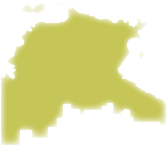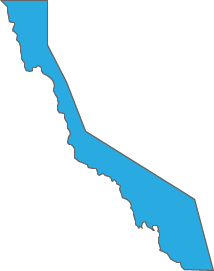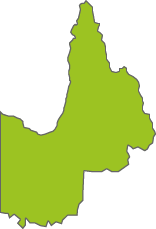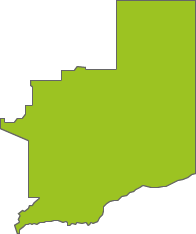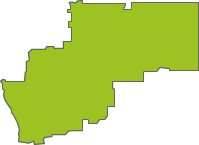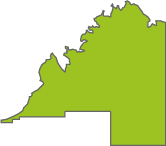Announcements
Hello NatureMaprsAs we move into the cooler months and sighting counts begin to wind down our team has been working tirelessly to ensure our platform’s usability and performance. All merch has been po...
Continue reading
Improvements to data import tool (coming soon)
NatureMapr welcomes Edgar McNamara
Platform wide attribute changes
New Feature: Moderator Quick Responses!
Events
The Canberra Nature Map committee is organising a Social Event for World Environment Day, which is on 5 June 2025, but slightly delayed for convenience.It will be a picnic at Weston Park, Yarralumla, ...
Continue reading
Discussion
Given this interesting observation, I think a few further questions for @Dron might help.
@Dron can you please provide some further details.
1. Can you give some dimensions for the trap. Length, width, height.
2. Did you notice anything about the tail. Length relative to body, colouration (particulalry at the tip), width at the body.
3. Colour of the underside of the animal.
Best wishes,
Martin
Petaurus norfolcensis
Calyptorhynchus lathami lathami
Blechnum nudum
Significant sightings
- Araujia sericifera at Kaleen, ACT
- Araujia sericifera at Kambah, ACT
- Aporocera rufescens at Rendezvous Creek, ACT
- Polygonum plebeium at Goulburn, NSW
- Berberis vulgaris at Campbell, ACT
- Asparagus asparagoides at Ainslie, ACT
- Arundo donax at Campbell, ACT
- Proteuxoa sp. 3 (MoV, Part 9) at Harrison, ACT
- Androchela newmannaria at Crowther, NSW
- Ventopelita leucocheilus
Recent activity
Triboniophorus graeffei at Ulladulla, NSW
Pittosporum revolutum at Kungala, NSW
Salticidae (family) at West Hobart, TAS
Top contributors
- AlisonMilton 16.1K
- trevorpreston 15.6K
- Hejor1 12.6K
- Tapirlord 11.6K
- MichaelBedingfield 10.7K
- RodDeb 10.3K
- Mike 9.9K
- kasiaaus 9.7K
- ConBoekel 8.8K
- KylieWaldon 8.2K
Top moderators
- MichaelMulvaney 56.8K
- Tapirlord 39.6K
- MichaelBedingfield 22.2K
- Liam.m 19.5K
- donhe 17.5K
- natureguy 15.6K
- ibaird 14.8K
- AlisonMilton 10.8K
- MatthewFrawley 10.4K
- BettyDonWood 8.2K
Explore Australia by region
Australian Capital Territory
Canberra & Southern TablelandsNew South Wales
Southern HighlandsAlbury, Wodonga
Canberra & Southern Tablelands
South Coast
Greater Sydney
Hunter Region
Central West NSW
Riverina Murray
New England
Far West New South Wales
New South Wales North Coast
Northern Territory
Top End and Big RiversCentral and Barkley































![Unverified Cap on a stem; gills below cap [mushrooms or mushroom-like] at Forbes Creek, NSW - 17 May 2025 by JessBelle Unverified Cap on a stem; gills below cap [mushrooms or mushroom-like] at Forbes Creek, NSW - 17 May 2025 by JessBelle](https://api.naturemapr.org/api/sightings/4670218/images/1?width=300&height=300)











































































![Unverified Cap on a stem; pores below cap [boletes & stemmed polypores] at O'Malley, ACT - Yesterday by Mike Unverified Cap on a stem; pores below cap [boletes & stemmed polypores] at O'Malley, ACT - Yesterday by Mike](https://api.naturemapr.org/api/sightings/4670141/images/1?width=300&height=300)


























